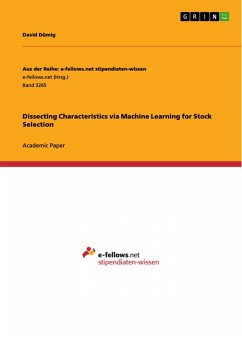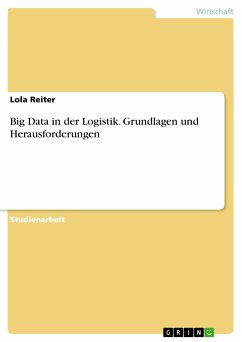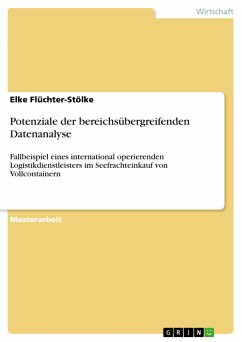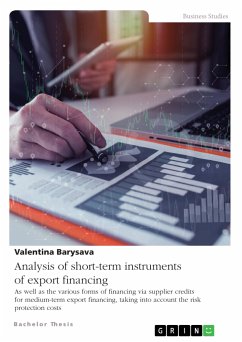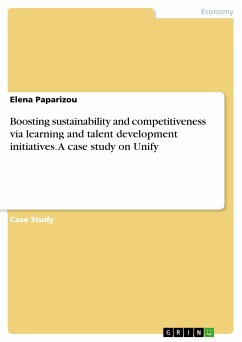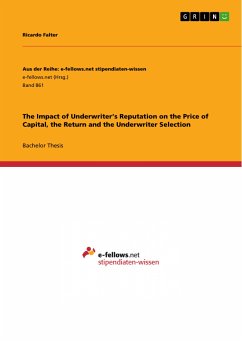Academic Paper from the year 2019 in the subject Business economics - Investment and Finance, , language: English, abstract: We conduct a comparative analysis of methods in the machine learning repertoire, including penalized linear models, generalized linear models, boosted regression trees, random forests, and neural networks, that investors can deploy to forecast the cross-section of stock returns. Gaining more widespread use in economics, machine learning algorithms have demonstrated the ability to reveal complex, nonlinear patterns that are difficult or largely impossible to detect with conventional statistical methods and are often more robust to the effects of multi-collinearity among predictors. We provide new evidence that machine learning techniques can improve the economic value of cross-sectional return forecasts. The implications of machine learning for quantitative finance are becoming both increasingly apparent and controversial. There is a growing discussion over whether machine learning tools can and should be applied to predict stock returns with greater precision. Broadly speaking, models that can be used to explain the returns of individual stocks draw on stock and firm characteristics, such as the market price of financial instruments and companies' accounting data. These characteristics can also be used to predict expected returns out-of-sample.
Dieser Download kann aus rechtlichen Gründen nur mit Rechnungsadresse in A, B, BG, CY, CZ, D, DK, EW, E, FIN, F, GR, HR, H, IRL, I, LT, L, LR, M, NL, PL, P, R, S, SLO, SK ausgeliefert werden.
Hinweis: Dieser Artikel kann nur an eine deutsche Lieferadresse ausgeliefert werden.

